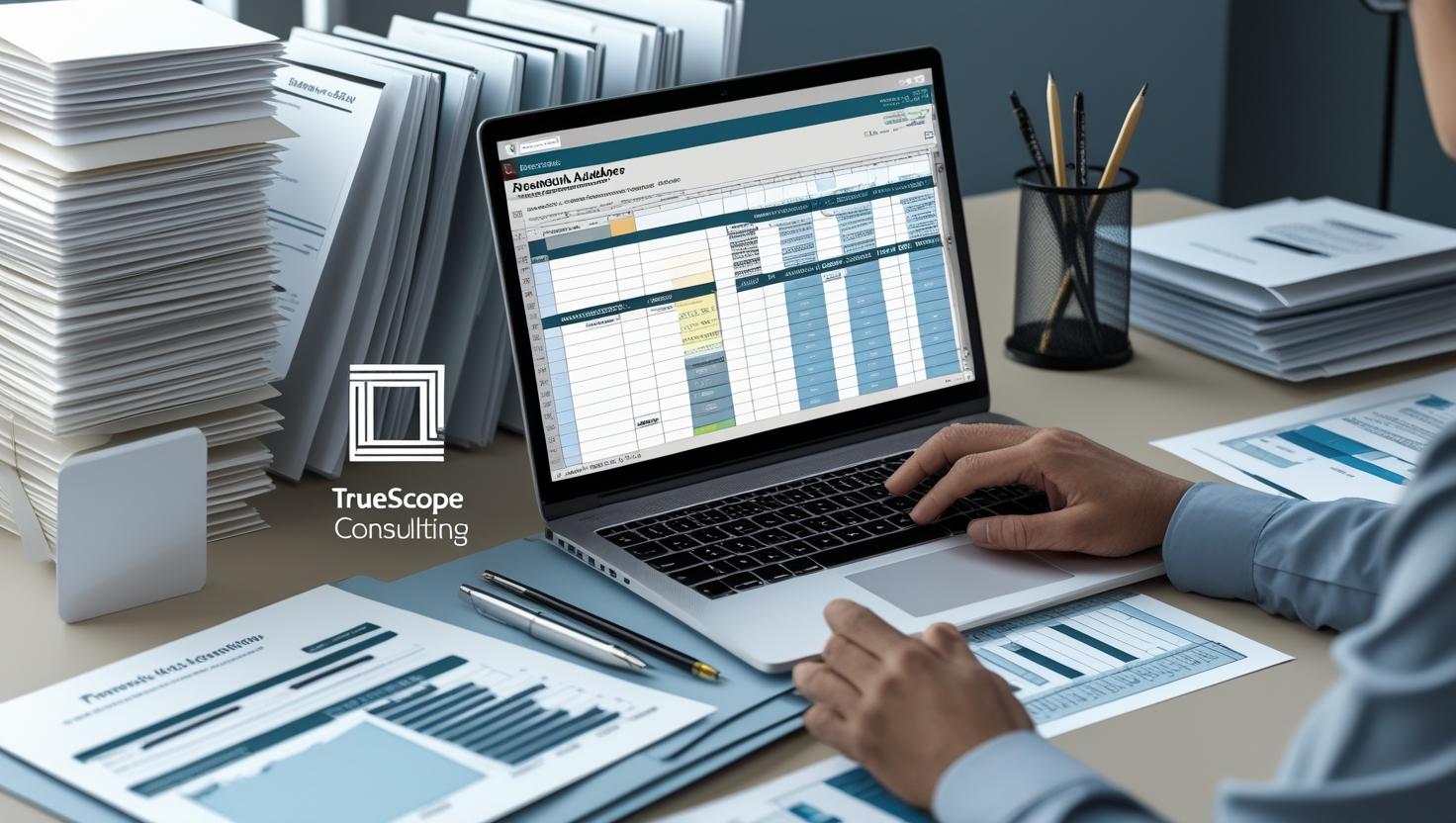A Step-by-Step Guide to Chapter 11 Monthly Operating Reports (MORs)
Every Chapter 11 debtor must file Monthly Operating Reports (MORs) to keep the bankruptcy court and creditors informed of financial activity. These reports aren’t just administrative paperwork—they are critical for transparency and compliance during reorganization. Failing to file complete and timely MORs can derail the case. This guide breaks down the process into actionable steps so attorneys, CFOs, and financial professionals can manage Chapter 11 MOR compliance with confidence.
Step 1: Understand the Requirements and Deadlines
Before preparing an MOR, familiarize yourself with the requirements. The U.S. Trustee’s Office issues guidelines on the format and content. Critically, Chapter 11 MORs must be filed with the bankruptcy court (and sent to the U.S. Trustee) by the 21st day of each following month. Missing deadlines or omitting key details can raise red flags and jeopardize the case. Remember, debtors-in-possession operate under court oversight—compliance is not optional.
Step 2: Gather Financial Records for the Reporting Period
Accurate MORs start with complete financial documentation. Collect all bank statements, cash receipts logs, accounts payable and receivable reports, payroll records, and invoices. Ensure you know the opening and closing cash balances for the month and details of all transactions. Reconcile bank accounts first to align with the MOR.
Step 3: Complete the Official MOR Form
Most jurisdictions provide a standard template for MORs. Fill out all sections accurately. Common sections include:
- Cash Receipts and Disbursements: All money in and out during the month.
- Statement of Operations: Monthly income and expenses (like a P&L).
- Balance Sheet: Assets, liabilities, and equity at month-end.
- Supporting Schedules: Breakdown of receivables, payables, post-petition liabilities, and forecasts if required.
Be meticulous. Categorize expenses as directed and ensure totals reconcile with bank activity. Use any narrative sections to explain significant events or variances.
Step 4: Attach Required Supporting Documents
Attach the following to support your MOR:
- Balance Sheet and Income Statement
- Bank Statements and Reconciliations
- Schedule of Post-Petition Payables
- Aging Reports for Receivables and Payables
- Detailed Disbursement Ledger
Check your U.S. Trustee region’s specific guidelines for additional attachments. For instance, rental income may require a rent roll.
Step 5: Review for Accuracy and Compliance
Before filing:
- Cross-check totals and ensure all numbers tie out.
- Mark non-applicable sections as “N/A.”
- Provide explanations where needed.
- Confirm that post-petition taxes and professional fees are properly reported.
Consider a second review by a colleague or controller for added accuracy.
Step 6: File the MOR and Serve All Parties
File electronically via CM/ECF by the 21st. Also send a copy to the U.S. Trustee and any additional required parties. Retain proof of submission.
If you need an extension due to extraordinary circumstances, notify the U.S. Trustee early and obtain court approval. However, extensions are rare—plan to meet the deadline.
Step 7: Maintain Consistency and Responsiveness
Monthly reporting continues until the case is closed, dismissed, or converted. Use these best practices:
- Set calendar alerts to start compiling each MOR ahead of time.
- Maintain running ledgers and organized financial records.
- Respond promptly to U.S. Trustee inquiries or audit requests.
Accurate, timely MORs build trust with the court and creditors and are essential for case success.
Conclusion
Chapter 11 Monthly Operating Reports are vital tools for demonstrating financial accountability. Following this step-by-step guide will help you stay compliant, avoid U.S. Trustee objections, and maintain a positive track record throughout reorganization.
For expert assistance preparing MORs, contact TrueScope Consulting for a confidential consultation.











